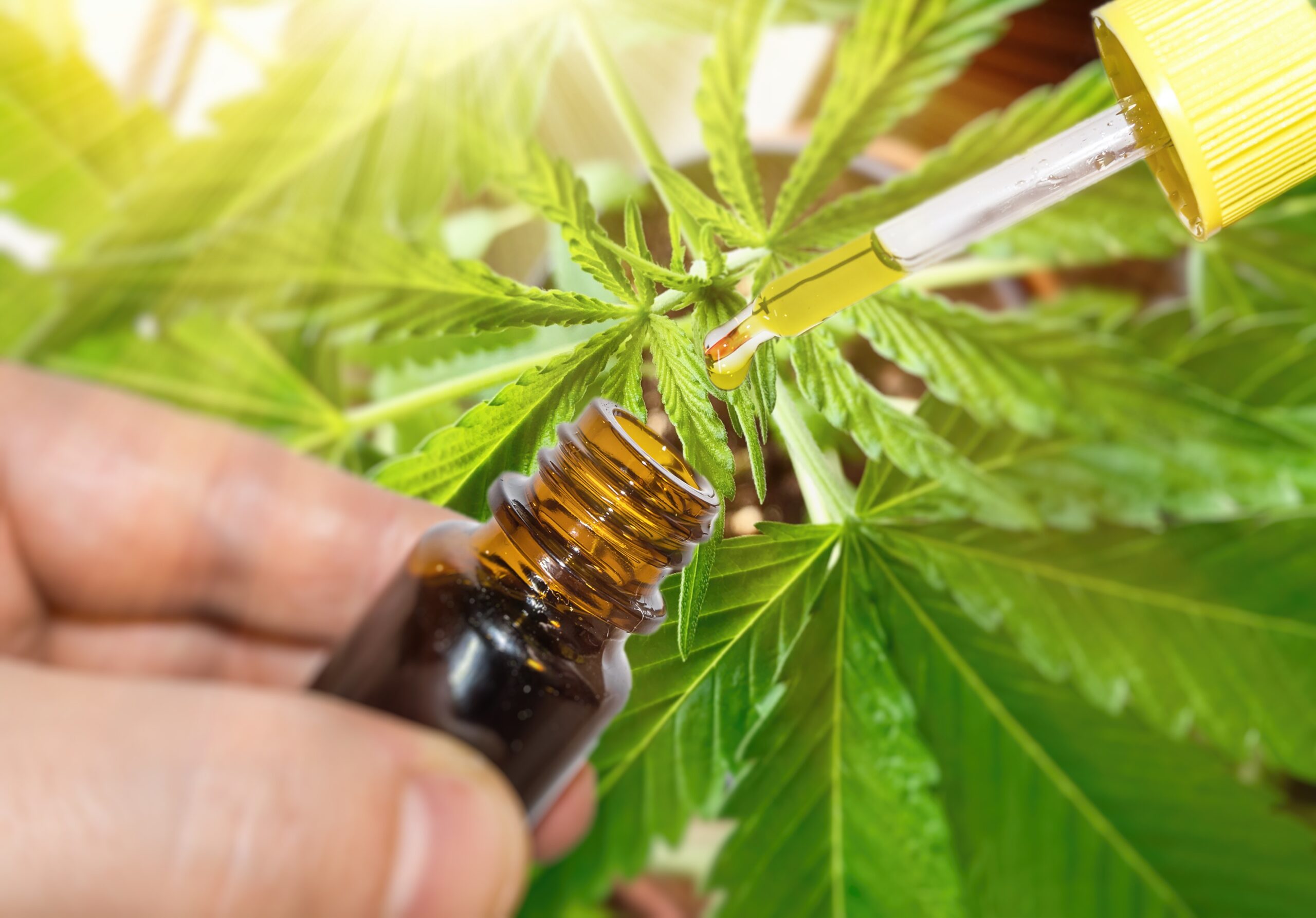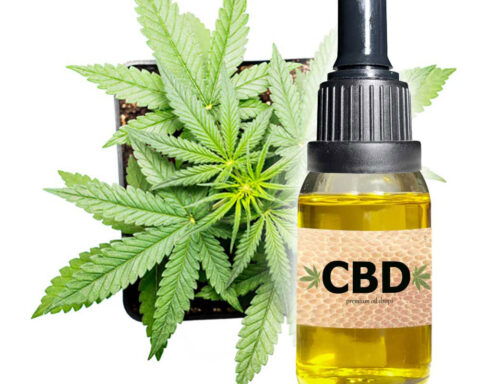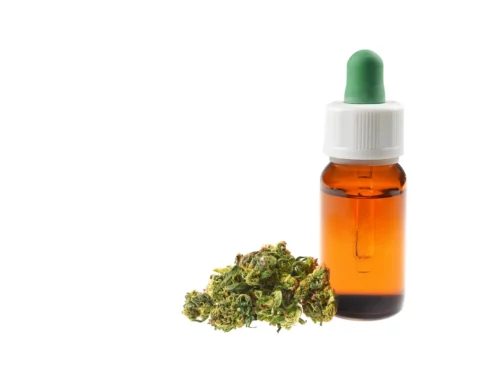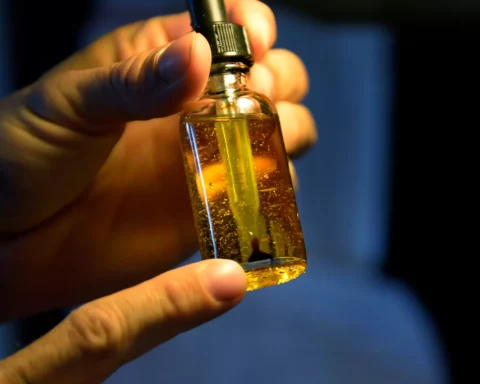The cannabis plant contains a non-psychoactive chemical called cannabidiol (CBD), which can be produced for medical purposes or as a dietary supplement. Research supporting the therapeutic benefits of cannabinoids for various illnesses, including pain, inflammation, epilepsy, sleep disorders, multiple sclerosis, anorexia, and schizophrenia, has grown over time.
CBD alone has a largely favorable safety profile. This system, activated when CBD is ingested orally, topically, or inhaled through smoke, works by sending messages between cells in the body to control various functions, including movement, mood, and the immune system. Hispanics will be relieved of the Controlled Substances Act with the passage of the 2018 Farm Bill, which defines hemp as cannabis and cannabis derivatives that include no more than 0.3 percent THC by dry weight.
LAWS REGARDING THE USE OF CANNABIDIOL
CBD is widely available globally, but its legal status has been in turmoil over the past few years. Under varied state legislation, CBD is permitted to differing degrees in all 50 states. The FDA loosened regulations in December 2015 so researchers could conduct CBD experiments. Due to the 2018 Farm Bill, it is practically impossible to keep CBD illegal in the US.
THE BENEFITS OF CBD OIL: WHAT DOES SCIENCE SAY?
CBD research is expanding. There are nine ways CBD oil may improve health:
SEIZURES & EPILEPSY
One of CBD’s main medical benefits is the reduction of seizures. A 2017 Lennox-Gastaut Syndrome-specific study found that including CBD oil in a pre-existing treatment regimen decreased the frequency of seizures. Adults and kids use CBD with epilepsy to treat seizures formerly thought to be incurable.
SEVERE PAIN
Pamplona et al. (2018) discovered that CBD and THC might alleviate neuropathic pain. Numerous studies contradict one another, highlighting the interesting nature of the research on cannabis, CBD, and pain relief. It was reported in 2017 by the National Academies of Science, Engineering, and Medicine that cannabis and cannabinoids harmed people’s health. This study shows strong evidence that cannabis or cannabinoids can effectively treat adults with chronic back pain. Low-level evidence suggests that a CBD and THC treatment may help with neuropathic pain, but there is no evidence that it can help with other types of pain, according to a 2017 US Department of Veterans Affairs review.
OPIOID ADDICTION TREATMENT
Several preclinical animal and human clinical trials have shown that CBD may be useful in treating opioid dependence. Hurd et al. (2015) examined participants with heroin use disorders who received CBD from the researchers. CBD dramatically decreased heroin users’ cue-induced cravings, abstinence anxiety, resting heart rate, and salivary cortisol levels over a week. No significant side effects were discovered. CBD may be a successful treatment for opioid addiction since it helps people with drug use disorders with various psychological and physiological symptoms like pain, insomnia, and anxiety. Further research is required.
REDUCING DIABETIC COMPLICATIONS
Weiss et al. (2006) revealed that CBD lessens the effects of high blood glucose levels on other cells in the body, which frequently come before the onset of diabetes and its myriad complications. Further research must determine how CBD can help people with diabetes, diabetic complications, and artery wall plaque buildup. In a different short trial, 13 people with type 2 diabetes who weren’t receiving insulin were administered both CBD and a placebo (instead of insulin). Reducing resistin levels and increasing glucose-dependent insulinotropic peptide levels were the main effects of CBD on the participants. CBD may help the body control the levels of insulin-related hormones, which may be a natural diabetes treatment.
SLEEP
Cannabis use to aid in increasing sleep was assessed in the same 2017 study examining chronic pain and epilepsy studies. Dzierżanowski (2019) discovered that there is some evidence that cannabinoids are an effective treatment for people who have short-term sleep problems brought on by obstructive sleep apnea syndrome, fibromyalgia, chronic pain, or multiple sclerosis.
THE COMPONENTS OF CBD OIL
A product of CBD is CBD oil, created by extracting CBD from the cannabis plant and blending it with a carrier oil, such as hemp seed, coconut, or olive oil. THC is present in certain CBD oils but not in others. In contrast to CBD oil, which is extracted in varied proportions from either seeds or flowers, hemp oil is made from the plant’s seeds. Since little is known about CBD oil, more information needs to be verified to determine whether the benefits of CBD oil are real. Therefore, further research is required to make a firm judgment on this hotly debated subject.
SIDE EFFECTS OF CBD OIL
Determine whether CBD is pure and safe for personal use since the FDA does not regulate it. Lack of clarification regarding the accuracy of the information represented in the product is the biggest drawback. Be cautious not to use CBD oil frequently to prevent CBD adverse effects such;
- Nausea
- alteration in appetite
- Fatigue
- Irritation\Drowsiness
Even though these side effects are minor, there are some circumstances in which a high intake could result in liver damage, increased blood thinning, or even pharmaceutical interactions. It is challenging to identify the proper dosage of CBD oil for a condition, the volume to be consumed, and its effective duration. Consult a qualified healthcare technician before making any decisions because each person is distinctive in their way.
CONCLUSION
Despite having inconsistent effects, the research behind CBD oil is promising. More research should be done on humans to determine the usefulness because some of the outcomes are based on animal studies. Clinical trials and continuing research can determine the efficacy of CBD oil in treating particular illnesses. Other people use CBD oil to treat ailments scientists haven’t investigated yet. To find out whether CBD oil is safe and more successful than other traditional treatments, patients who take it should consult a physician.
REFERENCES
Cream, W. C. T., Price, C., Balm, S. F. S. C., Roll-on, S. F. S., Gel, C. C., Cream, C. O. B., … & Salve, M. T. R. C. CBD for Back Pain.
Dzierżanowski, T. (2019). Prospects for the use of cannabinoids in oncology and palliative care practice: a review of the evidence. Cancers, 11(2), 129.
Hurd, Y. L., Yoon, M., Manini, A. F., Hernandez, S., Olmedo, R., Ostman, M., & Jutras-Aswad, D. (2015). Early phase in the development of cannabidiol as a treatment for addiction: Opioid relapse takes center stage. Neurotherapeutics, 12(4), 807-815.
Pamplona, F. A., Da Silva, L. R., & Coan, A. C. (2018). Potential clinical benefits of CBD-rich cannabis extracts over purified CBD in treatment-resistant epilepsy: observational data meta-analysis. Frontiers in neurology, 759.
Weiss, L., Zeira, M., Reich, S., Har-Noy, M., Mechoulam, R., Slavin, S., & Gallily, R. (2006). Cannabidiol lowers the incidence of diabetes in non-obese diabetic mice. Autoimmunity, 39(2), 143-151.
- Eye Spy: Worldwide Eye Color Percentages - April 19, 2024
- Elevate Energy, Soothe Stress, And Peak Performance with The New UNBEETABREW Coffee Sensation - September 21, 2023
- Chef Bob’s Coffee: A Journey Fueled by Passion - July 29, 2023









